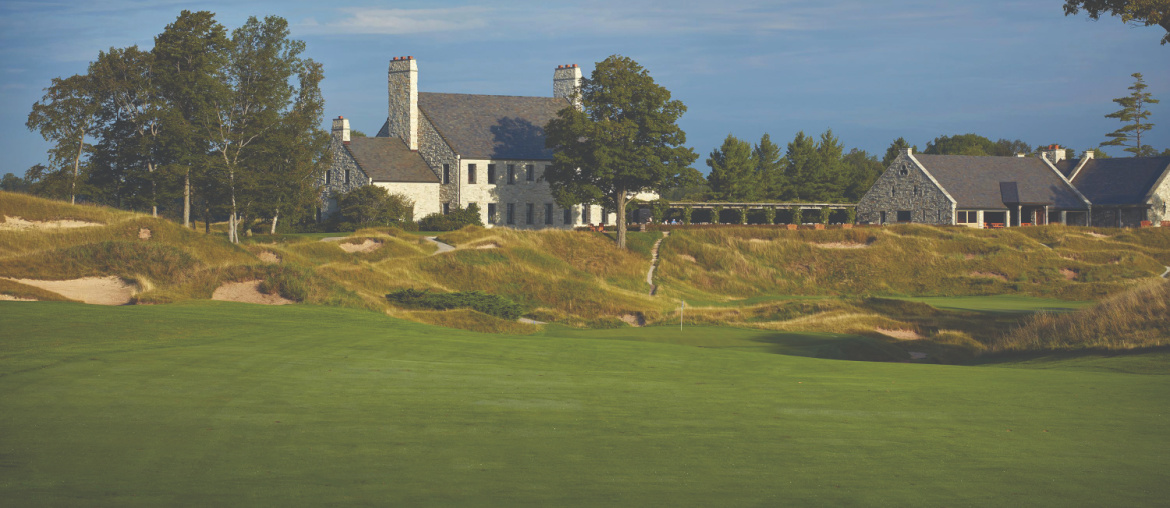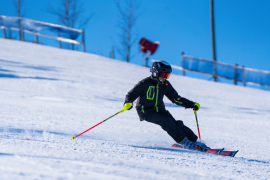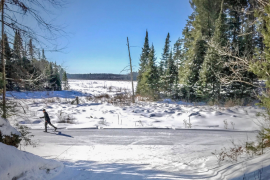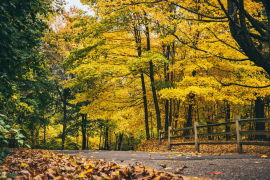By Gary D’Amato
Wisconsin has long been known as “America’s Dairyland,” but perhaps it’s time to change the nickname to “Mecca of Majors,” reflective of the impressive lineup of golf championships that have been held in the state in recent years.
Since 1998, Wisconsin golf courses have played host to seven United States Golf Association championships, including two U.S. Women’s Opens and a U.S. Open, a U.S. Amateur and a U.S. Senior Open for men. The PGA of America has brought its signature event, the PGA Championship, to Whistling Straits three times since 2004.
And the biggest is yet to come.
The 43rd Ryder Cup, a biennial match play competition between 12-man teams of professionals from the U.S. and Europe, is scheduled to be held in the fall of 2021 (it was rescheduled due to COVID-19) at Whistling Straits, a links-style course built by the Kohler Co. on bluffs overlooking Lake Michigan, just north of Sheboygan.
The Ryder Cup is expected to generate an economic impact of $135 million and will be televised to more than 500 million people in 150 countries and territories.
It has become one of the must-see events in sports. When tickets were initially sold during a random lottery in October 2019, the event sold out in about an hour. When the event does take place, some 200,000 spectators hope to traipse the dunes and mounds at Whistling Straits during practice rounds and the three competition days. Corporate chalets outnumber those at the PGA Championship or U.S. Open by a wide margin, making the Ryder Cup the most lucrative event in golf.
After decades of dominance by the U.S., Europe has won four of the last five Ryder Cups. The U.S. has won just three times since 1995, even with superstars such as Tiger Woods and Phil Mickelson leading the way in recent years. Two years ago, Europe breezed to a 171⁄2 – 101⁄2 victory in Paris. Steve Strickler, a 12-time winner on the PGA Tour and a longtime resident of Madison, is the U.S. team captain and is tasked with reversing the trend and winning back Samuel Ryder’s 17-inch, four-pound trophy. Padraig Harrington of Ireland, a three-time major champion, is Europe’s captain.
Players are not paid to compete in the Ryder Cup, though monies are directed to their foundations. Instead, they play for pride, honor and country (in Europe’s case, countries).
“The last few Ryder Cups haven’t gone really the way we would have liked, but for me it’s all about moving forward,” Stricker says. “It’s about moving forward [and] learning from the past a little bit. Taking some of the things we haven’t done so well, and then trying to apply that to this next time.
“And it’s about playing better. Bottom line is, they have played great and they have outplayed us.”
And so, the Straits, which was designed by the late Pete Dye and pays homage to the classic seaside links courses of Ireland, will be the epicenter of the golf world next September.
Stricker is also host of the American Family Insurance Championship, a PGA Tour Champions event held each June at University Ridge Golf Course in Madison. But the 2020 event, one of the more popular stops on the senior circuit, was cancelled due to the pandemic and will not be played again until 2021.
It’s Time to Hit the Putting Green
Once considered a flyover state for traveling golfers, Wisconsin in recent years has become one of the hottest destinations in America, described by Bloomberg in 2019 as “the best golfing road trip you can take right now.”
Pleasant summer weather, diverse topography and Midwestern hospitality help, but it’s the quality of the golf courses, particularly those built over the last 30 years, that has put the state on the golfing map.
At the top of the list are two courses that have played host to major championships: Whistling Straits, just north of Sheboygan, and Erin Hills, some 35 miles northwest of downtown Milwaukee.
The Straits is a fantastic jumble of towering dunes, fescue- covered ridges and fearsome bunkers, strung along two miles of uninterrupted Lake Michigan shoreline. Just minutes away is another Kohler Co. gem, the River Course at Blackwolf Run, which winds through the picturesque Sheboygan River valley.
Erin Hills was built with a minimalist approach on dramatic glacial features in the Kettle Moraine, a few miles west of the towering hilltop basilica of Holy Hill Basilica. Like the Straits, it is walking only.
Sand Valley Resort, in the Town of Rome, is the newest addition to the rota of must-plays. The resort, built by Chicago developer Mike Keiser atop a massive sand deposit, features mind-blowing Mammoth Dunes, the original Sand Valley course and a 17-hole par-3 delight called The Sandbox.
SentryWorld in Stevens Point, 45 minutes north of Sand Valley, is the granddaddy of upscale public facilities in Wisconsin. Designed by Robert Trent Jones Jr. in the early 1980s for Sentry Insurance, it is a lovely walk in the park, noted for its superb playing conditions. (Note: This course is currently closed due to COVID-19. Please check sentryworld.com for reopening information.)
Still not done? Check out the magnificent Links Course at the Golf Courses of Lawsonia in Green Lake and Brown Deer Park in Milwaukee, former site of the PGA Tour’s defunct Greater Milwaukee Open — and where Tiger Woods made his professional debut in 1996.
Photo by PGA Tours
This article originally appeared in the 2020 issue of Experience Wisconsin magazine. The contents of this article were checked for accuracy when it was published; however, it’s possible some of the information has changed. We recommend you call first if you have specific questions for the destinations, attractions or restaurants mentioned in this article.
No portion of this article or magazine may be reproduced without prior written permission by the publisher.






Comments are closed.